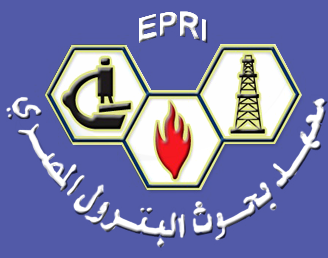Article Type
Research Paper
Abstract
This study aimed to isolate and identify the oil-degrading bacteria and analyze the origin of the crude oil pool. The oil samples were collected from the oil pool located at Ukai River, South of Minas field. The bacteria were isolated using the serial dilution method on nutrient agar media and identified based on the 16s rRNA gene sequence. Meanwhile, the oil pool's origin was analyzed using a digital elevation model (DEMNAS) to interpret lineament and drainage patterns, and then supported by subsurface geological data to analyze the migration pathway from the subsurface to the surface. The identification result revealed three species of the strains L1, L2, and L3 bacteria, which were similar to Klebsiella quasipnumoniae strain 07A044T, Bulkhoderia multivorans strain ATCC BAA-247T, and Moraxella osloensis CCUG350T, respectively. The analysis of lineaments drainage patterns and supported by subsurface data shows no evidence for the migration pathway of oil seepage. Meanwhile the gas chromatography (GC), and gas chromatography mass spectrometry (GCMS) results show that there are similarities between the oil pool and crude oil from the Minas field, but it has experienced degradation. Based on the results, it can be concluded that the three types of bacteria found in oil pools can be used for bioremediation because they are able to degrade the oil pool and make it heavy, while lineament analysis cannot confirm the origin of the oil pool; however, the results of GC and GCMS show that the oil pool is proven from the Minas field.
Keywords
heavy oil, identification, oil-degrading bacteria, lineament, drainage pattern.
Recommended Citation
Susantoro, Tri Muji; Rosyidah, A’liyatur; Suliantara, Suliantara; Setiawan, Herru Lastiadi; Widarsono, Bambang; and Hadimuljono, Jonathan Setyoko
(2024)
"Identification of petroleum degrading bacteria and the status of oil pool in South of Minas Field, Central Sumatra Basin Indonesia,"
Egyptian Journal of Petroleum: Vol. 33
:
Iss.
2
, Article 14.
Available at: https://doi.org/10.62593/2090-2468.1033
Creative Commons License

This work is licensed under a Creative Commons Attribution-NonCommercial-No Derivative Works 4.0 International License.







